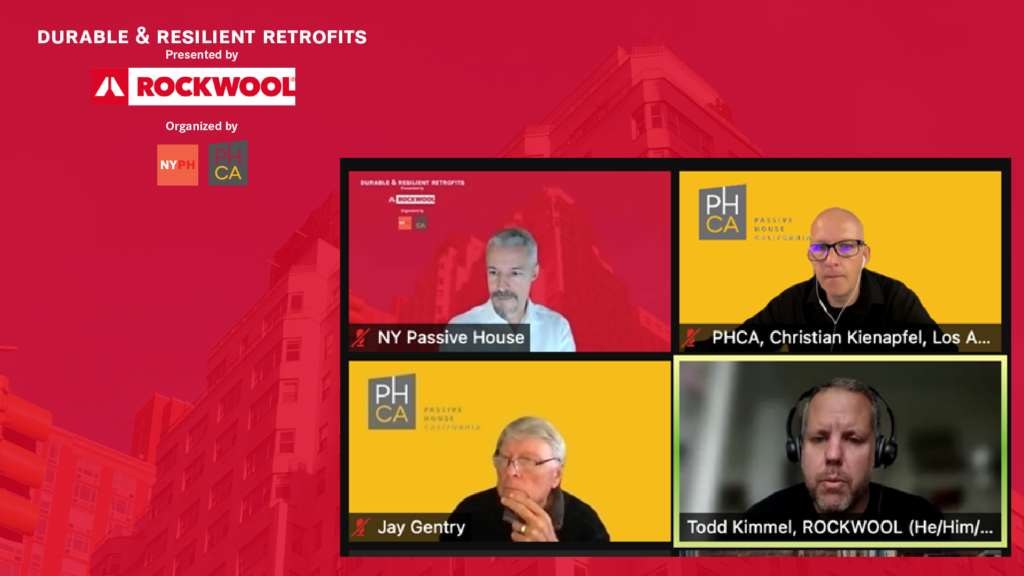
Globally, existing buildings account for approximately 30% of final energy demand and CO2 emissions. Typical renovation rates are 1-2% of the building stock per year, with an average energy use intensity (EUI) reduction of less than 15%. However, to reach sustainable development and climate targets, EUI reductions should be between 30-50%. In addition to energy and emissions conservations, building retrofits improve occupant health and comfort.
In many cases, existing buildings are poorly insulated and leaky, resulting in excess heat loss and reduced thermal comfort. Mechanical systems are often outdated and inefficient, requiring consistent maintenance. With spending most of our time indoors, indoor health and comfort can be a priceless attribute that can be crucial for building renewal investment.
This course will review core concepts to consider when implementing energy conservation measures through retrofit & renovation; Three unique case studies are provided to highlight the complexity of renovations and look at the ever-present challenges of extreme weather events.
Learning objectives:
- Why retrofit? – Understanding where retrofit and renovation fits in a building’s energy conservation strategy and more broadly explain why retrofitting existing building stock contributes to GHG emission targets.
- Retrofitting for enclosure durability – Retrofits demand unique strategies for both interior and exterior projects. We will explore design considerations that must be made for both applications, focusing on moisture, drainage, and drying.
- Stone wool retrofit solutions – 3 case studies focused on three unique retrofit solutions; highlight critical design considerations that were made, how those criticalities were managed and the resulting assembly design.
- Considerations for survivability – Extreme weather events have been on the rise over the past decade. With power outages, flooding, and fire risk becoming more commonplace, this section seeks to understand ways to manage these events – designing for survival as well as comfort.

























